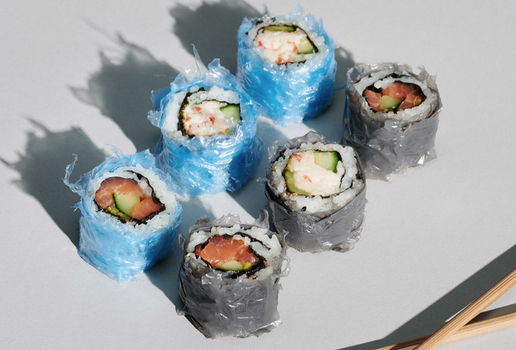Microplastics in Children's Food: Analyzing the Risks in Seafood, Processed Foods, and More
Microplastics in Children's Food: Analyzing the Risks in Seafood, Processed Foods, and More
Microplastics, tiny particles of plastic less than 5 millimeters in size, have permeated almost every aspect of our environment, including the food we consume. As children are particularly vulnerable to environmental toxins, understanding how microplastics enter their diet is crucial. In this blog post, we will explore common food sources of microplastics and analyze the potential health risks associated with their ingestion.
Why Are Microplastics in Food a Concern for Children?
Children’s developing bodies are more susceptible to contaminants and toxins due to:
- Immature Detoxification Systems: The body’s ability to process and eliminate toxins is not fully developed in young children.
- Higher Food and Water Intake Relative to Body Weight: Kids consume more per unit of body weight compared to adults, increasing exposure risks.
- Long-Term Health Implications: Early exposure can have lasting effects on growth and development.
Major Food Sources of Microplastics
Microplastics enter the food chain through various pathways, including polluted water, plastic packaging, and contaminated soil. Here are some of the most common food sources of microplastics that may impact children’s health:
1. Seafood and Fish
Seafood is one of the most significant contributors to dietary microplastic exposure.
- Shellfish (e.g., mussels, oysters): These filter feeders often accumulate microplastics from polluted waters.
- Fish (e.g., cod, sardines): Microplastics are found in the digestive tracts of many fish species.
- Sea Salt: Harvested from polluted seawater, sea salt often contains plastic particles.
Risks: Ingesting microplastics from seafood can lead to gastrointestinal issues and expose children to toxic chemicals like BPA and phthalates.
2. Bottled Water and Beverages
Drinking water and other bottled beverages are also major sources.
- Plastic Bottles: Studies have shown that bottled water often contains microplastic particles.
- Juice Boxes and Plastic-Packaged Drinks: These can contain tiny fragments that leach from packaging materials.
Risks: Repeated consumption can lead to accumulation in the digestive system and potentially affect metabolism.
3. Processed and Packaged Foods
Many processed foods contain microplastics due to packaging and processing methods.
- Snack Foods (e.g., chips, cookies): Packaged in plastic materials that can break down over time.
- Ready-to-Eat Meals: Microparticles can leach from containers during heating or long storage.
- Candy and Confectionery: Often wrapped in thin plastic films that shed particles.
Risks: Chemical additives from plastics can disrupt hormonal balance and contribute to health problems.
4. Infant Formula and Baby Foods
Microplastics have been detected in products designed specifically for infants.
- Plastic Bottles and Teats: Heating bottles can release microplastic fragments.
- Packaged Baby Foods: Tiny plastic particles may be present from processing and packaging.
Risks: Early exposure to plastic toxins may impair neurological and immune system development.
Potential Health Risks of Ingesting Microplastics
- Gastrointestinal Disturbances: Inflammation and nutrient absorption issues.
- Endocrine Disruption: Hormonal imbalances due to chemicals like BPA.
- Oxidative Stress: Cellular damage caused by reactive oxygen species.
- Immune System Impairment: Chronic inflammation may weaken immune responses.
How to Reduce Microplastic Exposure in Food
While completely eliminating microplastics from the diet is challenging, taking proactive steps can help minimize risks:
- Opt for Glass or Stainless Steel Containers: Avoid plastic packaging when possible.
- Use Filtered Water: Reduce microplastic content in drinking water with high-quality filters.
- Buy Fresh, Unpackaged Foods: Minimize processed and pre-packaged items.
- Cook at Home: Reduces the risk associated with packaged and processed meals.
- Avoid Heating Food in Plastic: Use glass or ceramic for microwaving and storing hot food.
Final Thoughts
Microplastics in food pose a growing threat to children’s health, with seafood, bottled beverages, and processed foods being primary sources. By making conscious food choices and minimizing plastic use, parents can help reduce their children’s exposure to harmful plastic particles. Staying informed and proactive can make a significant difference in safeguarding your child’s long-term health.
Amazon best seller







Comments